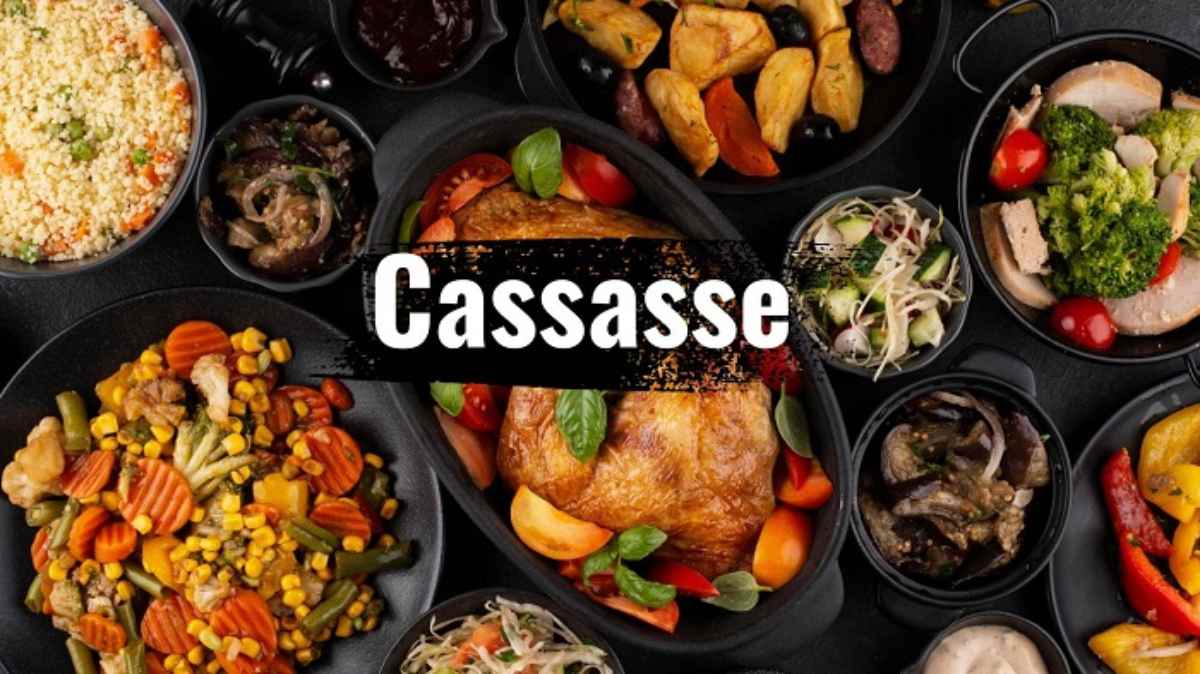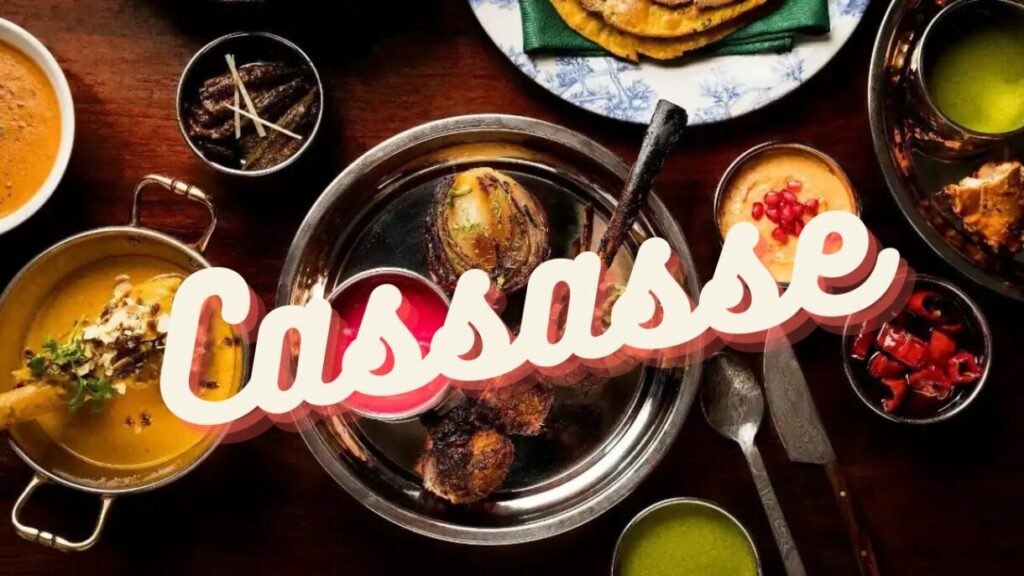
Introduction
Origins and History
The rich tapestry of cassasse’s history unfurls like a journey through time, spanning ancient civilizations and distant lands. Its roots delve deep into the annals of culinary lore, tracing back to antiquity where it emerged as a cherished staple among diverse cultures. From the sun-kissed shores of the Mediterranean to the vibrant isles of the Caribbean, cassasse has woven itself into the fabric of gastronomic tradition, its story whispered through generations, enshrined in cherished family recipes, and celebrated in communal feasts.
Ancient Beginnings and Cultural Heritage
Cassasse’s origins can be traced back to ancient civilizations, where resourceful cooks transformed humble ingredients into nourishing fare. Across the Mediterranean basin and beyond, early iterations of cassasse served as sustenance for farmers, traders, and travelers alike, their recipes passed down through generations as a testament to ingenuity and resilience.
Migration and Global Spread
As civilizations expanded and cultures intermingled, cassasse embarked on a journey of global proportions, carried by explorers, traders, and migrants to far-flung corners of the world. From the spice-laden markets of the Middle East to the verdant plantations of the New World, cassasse adapted to new landscapes and ingredients, evolving into the diverse array of regional variations we know today.
Different Varieties of Cassasse
The allure of cassasse lies in its kaleidoscope of regional variations, each a testament to the culinary ingenuity of its creators. Across the globe, from the fiery kitchens of West Africa to the rustic trattorias of Italy, cassasse manifests in a myriad of forms, each with its own distinct personality and flavor profile. Whether brimming with savory meats or luxuriously creamy with dairy, whether adorned with vibrant vegetables or kissed by the sea with succulent seafood, the essence of cassasse transcends borders, uniting palates in a symphony of taste sensations.
Regional Delicacies and Culinary Traditions
In every corner of the world, cassasse takes on a unique identity shaped by local ingredients, traditions, and culinary techniques. From the spicy jollof cassasse of West Africa to the fragrant biryani cassasse of South Asia, each region infuses its own cultural stamp, creating a tapestry of flavors that reflects the diversity of the human experience.
Seasonal Variations and Harvest Celebrations
In agrarian societies, cassasse often takes center stage during harvest festivals and seasonal celebrations, where abundance is celebrated with feasts fit for kings. From the hearty cassasses of autumn, rich with root vegetables and game meats, to the light and refreshing cassasses of summer, bursting with fresh herbs and garden produce, each season brings forth its own culinary delights, marking the passage of time with culinary reverence.
Ingredients Used in Cassasse
While the precise ingredients composing cassasse may vary from kitchen to kitchen, certain elements serve as the cornerstone of this culinary masterpiece. Staples like hearty beans, fragrant rice, and a medley of aromatic spices lay the foundation for a symphony of flavors. Yet, the true magic of cassasse lies in its versatility, with chefs and home cooks alike infusing their creations with a cornucopia of meats, vegetables, and herbs, each addition adding depth and nuance to this timeless dish.

Essential Components and Flavor Profiles
At the heart of every cassasse lies a harmonious blend of ingredients, carefully selected to tantalize the senses and evoke a sense of culinary nostalgia. Whether simmered to perfection in a savory broth or baked to golden perfection in a crust of cheese, each variation of cassasse offers a unique sensory experience that delights the palate and warms the soul.
Local Provenance and Sustainable Sourcing
In an era of increasing awareness about food provenance and sustainability, many chefs and home cooks are turning to locally sourced ingredients to craft their cassase creations. From heirloom beans grown in fertile soils to artisanal spices hand-harvested from distant lands, the quest for quality and authenticity drives a resurgence of interest in traditional cooking methods and indigenous flavors.
Cultural Significance
In the tapestry of cultural heritage, cassase emerges as a sacred thread, binding communities together in a shared reverence for tradition and togetherness. Whether simmering in the pot for a festive occasion, gracing the table at a joyous wedding banquet, or simply uniting loved ones over a humble family meal, cassase serves not merely as sustenance for the body but as nourishment for the soul, fostering bonds of kinship and camaraderie that endure across generations.
Conclusion:
In the grand tapestry of culinary history, cassase stands as a testament to the enduring power of tradition, innovation, and community. From its ancient origins to its modern-day incarnations, cassase has transcended geographical boundaries and cultural divides to become a beloved staple in kitchens around the world.
With each simmering pot and savory spoonful, cassase not only tantalizes the taste buds but also weaves together the threads of heritage and identity, connecting us to our past while inspiring us to embrace the flavors of the future. As we gather around the table, whether in celebration or in solace, let us raise our forks to the timeless allure of cassase, a dish that nourishes both body and soul, and reminds us of the rich tapestry of human experience that unites us all.






